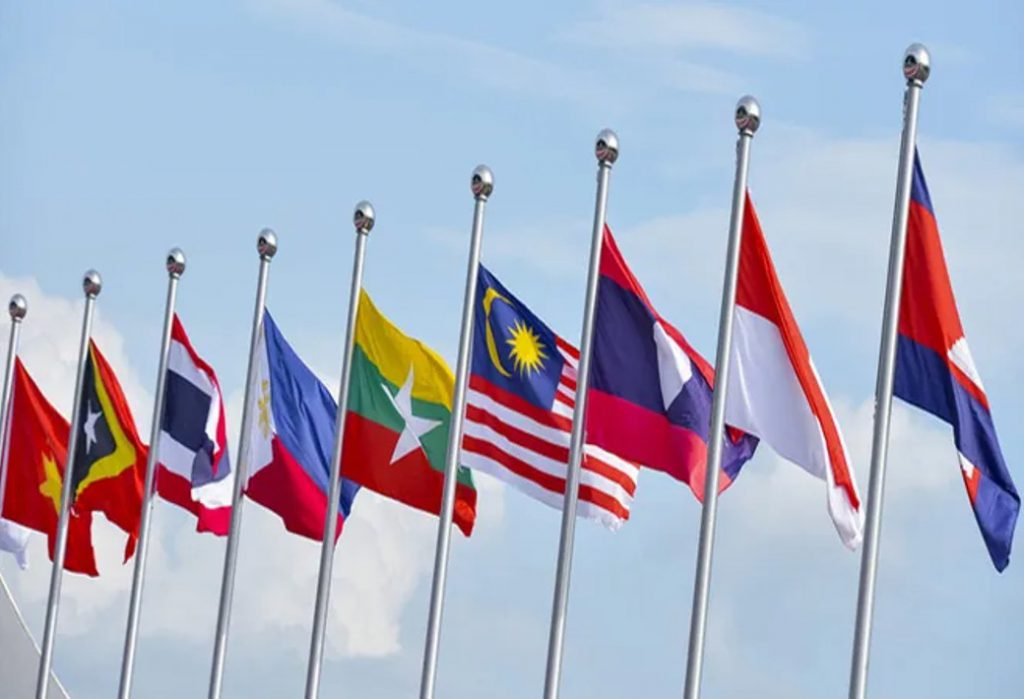ASEAN’s QR Code Payment Surge: The Silent Rebellion Against the US Dollar
Forget SWIFT—Southeast Asia is rewriting the rules of cross-border finance with a tap-and-pay revolution.
The domino effect
Thailand's PromptPay, Singapore's PayNow, and Malaysia's DuitNow just went interoperable—no USD conversions, no correspondent banks. Just instant settlements in local currencies. The monetary sovereignty playbook is being drafted in real-time.
Wall Street's worst nightmare
Merchants from Jakarta to Hanoi now bypass dollar liquidity pools entirely. The Federal Reserve didn't see this end-run coming—not from street vendors and noodle shops armed with nothing but QR stickers and Android phones.
The cynical kicker
Meanwhile, Western banks still charge 3% for 'international payment solutions' that move slower than a 1999 dial-up connection. Some 'innovation.'
ASEAN Countries Build Instant Payments, QR Codes To Reduce US Dollar Dependency

QR codes offer instant payments with just a click of a button on their smartphones. All business sectors benefit from the lightning-fast payment method, including small, medium-sized (SMEs), and large enterprises. The cross-border currency conversion is the innovation that the Global South was always looking for and has achieved. They are cheaper and faster, and no longer rely on the US dollar for payments in an international country. The usage of payments in ASEAN countries through QR codes is gaining steam, which could affect the US dollar next.
said Syed Ahmad Taufik Albar, Group Chief Executive of Community Financial Services at Maybank. Direct payments in local currencies by tourists not only helps the local economy, but also diminishes the US dollar’s dominance. The next decade could shape a different financial world where common people might not pay the USD for transactions on foreign soil.

